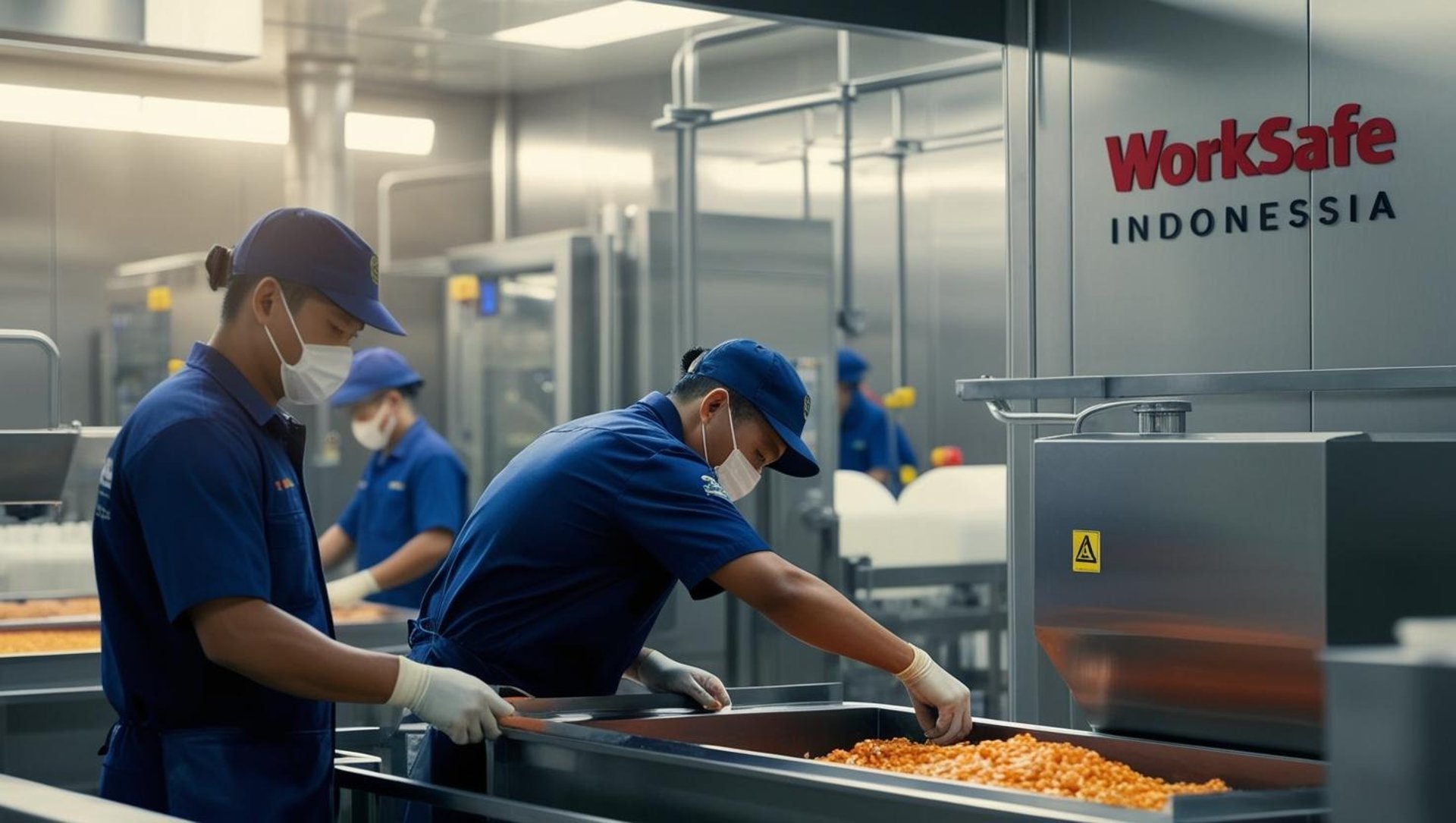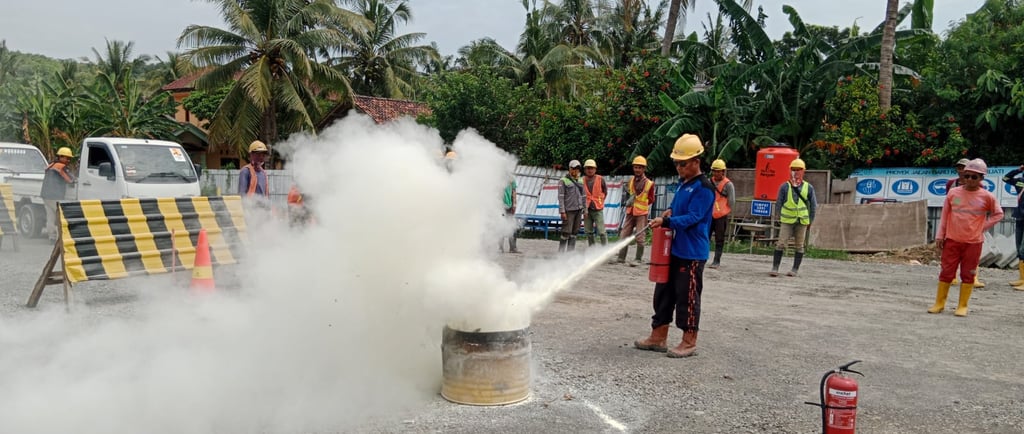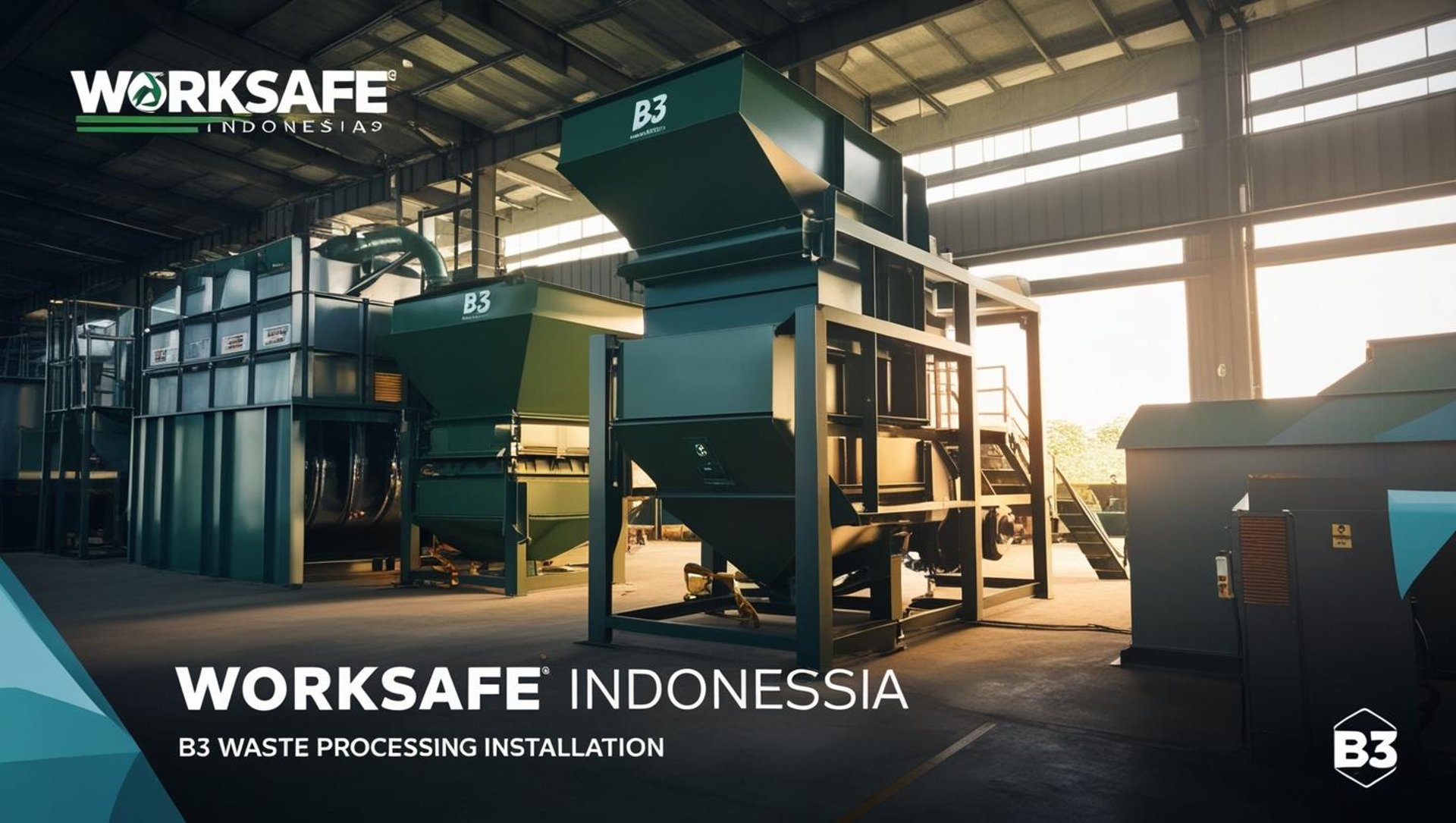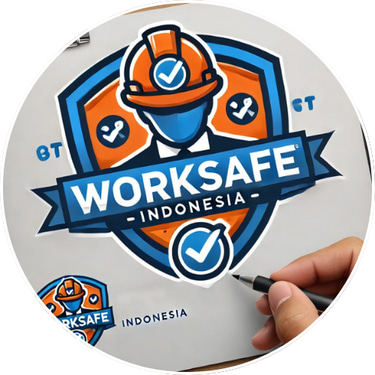
Promoting All About Safety, Health and Environmental
Fire Extinguishers: Types, Functions, and How to Use Them for Workplace Safety
Fire Extinguishers: Types, Functions, and How to Use Them for Workplace Safety A portable fire extinguisher is a crucial safety device that should be present in every workplace. It serves as the first line of defense to control small fires before they escalate. In this article, we will discuss the types of fire extinguishers, their uses, and maintenance tips to ensure they are always ready for use.
SAFETY
Septian Indra
5/13/20252 min read


Fire Extinguishers: Types, Functions, and How to Use Them for Workplace Safety
A portable fire extinguisher is a crucial safety device that should be present in every workplace. It serves as the first line of defense to control small fires before they escalate. In this article, we will discuss the types of fire extinguishers, their uses, and maintenance tips to ensure they are always ready for use.
What Is a Fire Extinguisher?
A fire extinguisher is a portable device designed to extinguish small fires in their early stages. It typically consists of a pressurized container filled with a fire-suppressing agent, such as water, foam, dry chemical powder, or carbon dioxide (CO₂).
In the workplace, fire extinguishers are essential safety equipment and must be strategically placed in easily accessible areas.
Types of Fire Extinguishers and Their Functions
Water Fire Extinguisher
Color Code: Red
Fire Class: Class A (wood, paper, cloth, plastic)
How It Works: Sprays pressurized water to cool down burning materials.
Advantages: Effective for solid combustible materials.
Disadvantages: Not suitable for electrical or liquid fires.
Foam Fire Extinguisher
Color Code: Cream
Fire Class: Class A & B (flammable liquids like oil and paint)
How It Works: Covers the fire surface with foam to isolate oxygen and cool down the flames.
Advantages: Effective for both solids and liquids.
Disadvantages: Not safe for electrical fires.
Dry Chemical Powder Fire Extinguisher
Color Code: Blue
Fire Class: Class A, B, & C (electrical, gas, flammable liquids)
How It Works: Discharges a chemical powder that interrupts the chemical reaction of the fire.
Advantages: Multi-purpose; effective for various fire types.
Disadvantages: Leaves a powdery residue that needs to be cleaned up.
Carbon Dioxide (CO₂) Fire Extinguisher
Color Code: Black
Fire Class: Class B & C (flammable liquids and electrical equipment)
How It Works: Releases CO₂ gas to displace oxygen and cool the fire.
Advantages: Leaves no residue, ideal for electrical fires.
Disadvantages: Not effective for solid materials (Class A fires).
How to Use a Fire Extinguisher (PASS Method)
To effectively use a fire extinguisher during an emergency, follow the PASS method:
Pull: Pull the safety pin located on the handle.
Aim: Aim the nozzle at the base of the fire, not at the flames.
Squeeze: Squeeze the handle to release the extinguishing agent.
Sweep: Sweep the nozzle from side to side until the fire is completely extinguished.
Maintenance Tips to Keep Fire Extinguishers Ready for Use
Monthly Inspection: Check the pressure gauge to ensure the indicator is in the green zone.
Refill After Use: If the extinguisher has been discharged, even partially, refill it immediately by a certified service provider.
Annual Inspection: Conduct a full inspection to verify that all components are in good working condition.
Employee Training: Ensure all employees know the location of fire extinguishers and how to use them properly.
Conclusion
Fire extinguishers are essential for preventing small fires from turning into major disasters. By understanding the different types of extinguishers, their specific uses, and proper maintenance practices, workplace fire risks can be significantly reduced.
At Worksafe Indonesia, safety always comes first. Keep safe, Be safe!! 🚨🔥

